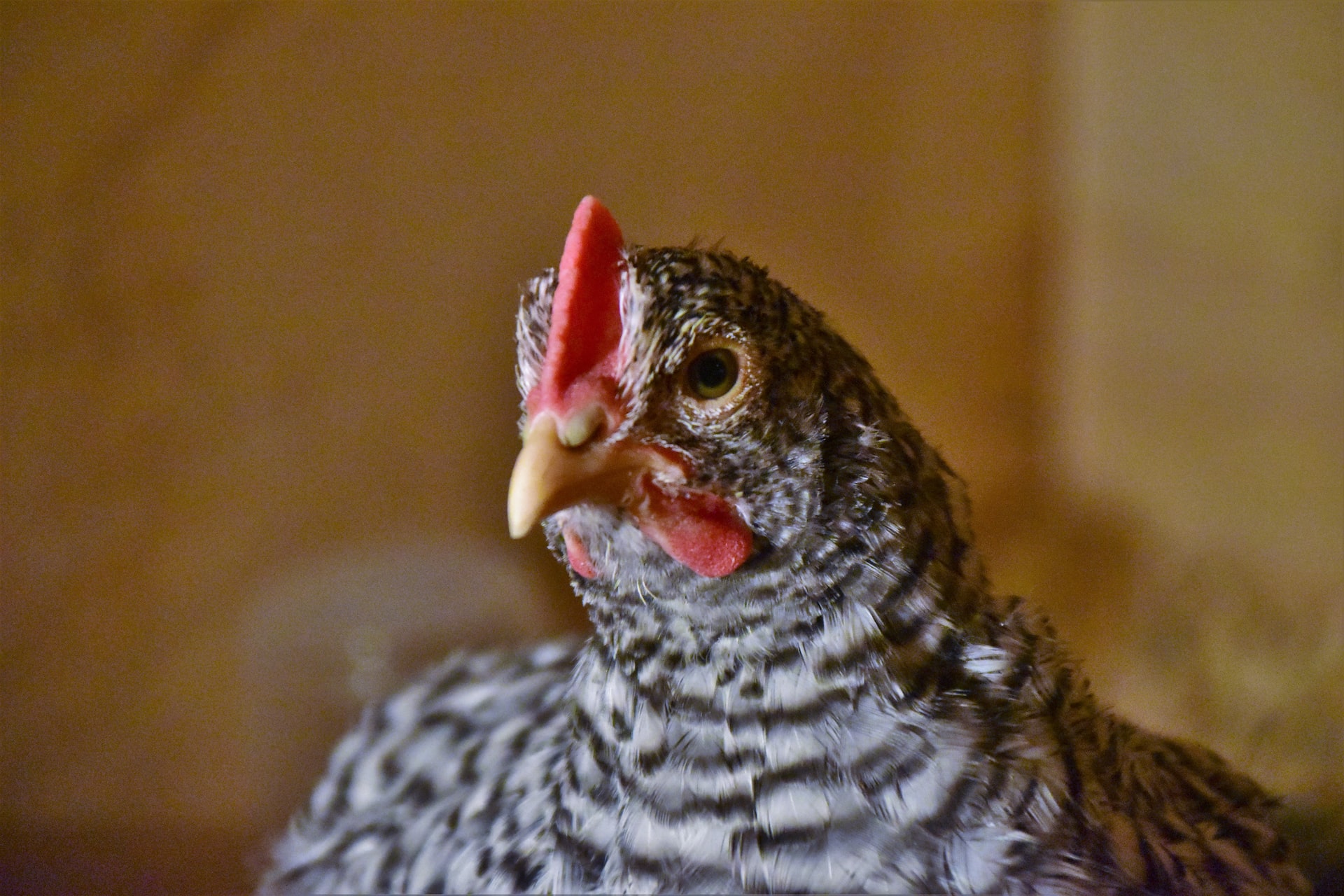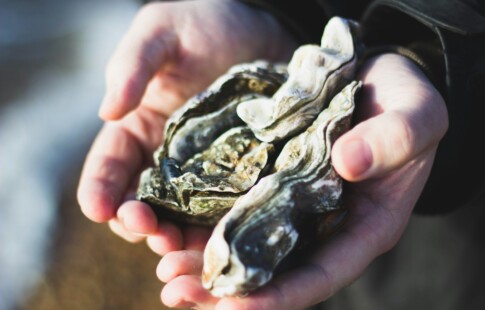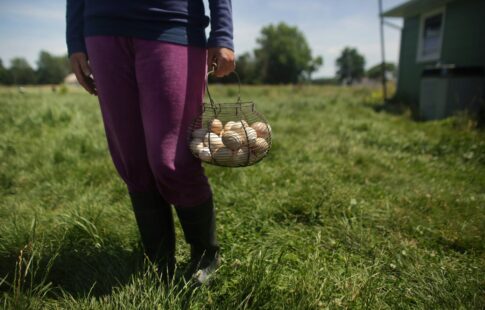
13 of the Best Backyard Chicken Breeds (And Why You Should Raise Them)
We are reader-supported. When you buy through links on our site, we may earn affiliate commission.
Backyard chickens have become more popular in recent years. Their small size, omnivorous diet, and charming nature make them excellent outdoor pets. Of course, they also supply meat and eggs. If you’re considering getting into the poultry hobby for the first time, you may wonder what the best backyard chicken breeds are. Here are 10 of the finest ones available.
Why You Might Want Backyard Chickens
You may have noticed in recent shopping trips that egg prices are extremely volatile. One week they are triple normal price, and then the next, they have leveled again. The inconsistency is driving more people to research what goes into raising their own chickens. Why are these egg price fluctuations happening?
One of the most predominant causes are avian flu epidemics and the spread of other illnesses. Over millions of chickens have died due to disease in the last couple of years. It is making ranchers more attentive to prioritize regular health check-ins and ethical containment setups. Keeping chickens in too close of quarters make illness spread faster, making the situation more dire.
Additionally, there are several economic and corporate considerations to ponder. There are several egg producers guilty of illegal price-gouging. Though this is out of most shoppers’ controls to handle, vying for stricter regulations on private company pricing can assist. An increase in this behavior could be a result of inflation or changing supply and demand for eggs.
The upfront investment for raising backyard chickens is definitely more than a dozen organic, cage-free eggs, and they involve a lot more upkeep. You have to consider enclosures or if you’re going to keep them free-roaming. You may need to check if your district or neighborhood allows pet chickens and if special permits or taxes are required.
However, if you’re willing to make the commitment to venturing into the world of pet chickens and harvesting eggs, look no further than these friendly breeds.
1. Rhode Island Red
These excellent beginner birds originated in Massachusetts and Rhode Island and are a deep chestnut color — hence the name. They’re a multi-purpose breed, which means they can produce meat and eggs.
Rhode Island Reds are robust and generally docile birds. If you handle them from a young age, they’ll often take treats from your hand or let you carry them around. Here are some fast facts:
- Egg color: Light brown
- Average annual number of eggs: 260
- Egg size: Large
- Hen weight: 6.5 pounds
This breed of chicken is so common you can find it almost anywhere selling poultry.
2. Orpington
Laying almost 100 fewer eggs per year than Rhode Island Reds, these sweet, cold-hardy chickens come in five colors — buff, blue, black, white, and splash, which is white with speckles. The most common color variety you’ll probably encounter is buff. Here’s what to know about Orpingtons:
- Egg color: Light brown
- Average annual number of eggs: 190
- Egg size: Large
- Hen weight: 6-8 pounds
These birds don’t handle the heat well, but they thrive even in confined spaces. Like many large chickens, they rarely fly.
3. Australorp
This bird holds the record for most eggs laid in one year by a hen — 364. That’s only one day off! A cross between Orpingtons and several other breeds, Australorps were developed in Australia as dual-purpose birds. Here are some statistics:
- Egg color: Light brown
- Average annual number of eggs: 260
- Egg size: Large
- Hen weight: 6.5 pounds
In the United States, the usual variety you’ll find is black. They have a glossy green iridescence in the sun. Other countries have several different colors. Docile, hardy, and good in confinement, Australorps are one of the best backyard chicken breeds.
4. Plymouth Rock
This is another calm, hardy bird that does well in the cold and lays many eggs even in winter. Like all chickens, it will be happy to eat any kitchen scraps you have on hand and serves as a natural form of pest control. Here’s what to know about the breed:
- Egg color: Light brown
- Average annual number of eggs: 260
- Egg size: Large
- Hen weight: 7.5 pounds
Most of these birds are barred — meaning their feathers have black and white bands — but there are also blue, buff, and several other color varieties.
5. Naked Neck
Is that a turkey? A vulture? No, it’s a Naked Neck chicken! Sure, their featherless neck and crop may look bizarre, but this feature also keeps the birds cool on hot days. This breed lays a moderate number of eggs and provides excellent meat. They have the following characteristics:
- Egg color: Light brown
- Average annual number of eggs: 100
- Egg size: Medium
- Hen weight: 7 pounds
If you’re interested in butchering your own meat birds, Naked Necks are an excellent choice. They’re easier to pluck than other chickens because their feathers are so sparse overall. This also means they need protection from cold weather, but they do well in tropical climates.
6. Jersey Giant
These birds are great for meat production, although filling out their huge frame can take a while. This is a calm, docile breed that does well in the cold and tends to go broody, meaning they want to sit on their eggs. Here’s what to know about Jersey Giants:
- Egg color: Light brown
- Average annual number of eggs: 150
- Egg size: Extra large
- Hen weight: 10 pounds
If you want a supersized meat bird that’s adaptable to confinement or free range, keep this breed in mind.
7. Leghorn
Flighty and spirited, Leghorns are fantastic layers, and the most common variety has white feathers. If you love eggs, these are the birds for you. Here are some things to know about the breed:
- Egg color: White
- Average annual number of eggs: 280
- Egg size: Extra large
- Hen weight: 4.5 pounds
These birds prefer to be free range so they can run around and make a lot of noise. Still, their widespread availability and excellent egg production make them one of the best backyard chicken breeds. As long as you let them out of the coop during the day, they’ll be happy in a fenced yard.
8. Sussex
Sussex chickens are dual-purpose birds that are friendly, beautiful, and good foragers. They’re great for beginners due to their cold and heat hardiness, although their egg production slows down in the winter. This breed has the following characteristics:
- Egg color: Light brown
- Average annual number of eggs: 180-250, depending on strain
- Egg size: Large
- Hen weight: 7 pounds
They tend to go broody easily and make good mothers, so if you want to hatch eggs, these chickens might be happy to do the job.
9. Wyandotte
Medium-weight, dual-purpose, and good for beginners, Wyandottes do well in cold or hot climates. Their sweet disposition and astonishing color varieties make them excellent backyard chicken breeds. Here is some more information about the breed:
- Egg color: Light brown
- Average annual number of eggs: 200
- Egg size: Large
- Hen weight: 6.5 pounds
These chickens tend to keep laying eggs throughout winter, which makes up for their moderate egg production. They don’t usually go broody.
10. Araucana
Araucanas are known for their distinctive feather tufts on either side of the face and for being one of the few chicken breeds that lay blue eggs. They are occasionally rumpless, meaning they lack a tailbone and tailfeathers, giving them a unique, shortened appearance. Here is what you should know about this breed:
- Egg color: Blue
- Average annual number of eggs: 200
- Egg size: Large
- Hen weight: 5 pounds
These birds are very active and love to run. They should be let out of the coop during the day to get plenty of exercise.
11. Silkie
These white, fluffy birds don their name for a reason. Their feathers are silky instead of barbed, making them look like pillow stuffing, which extends even to their feet. These feathers do not keep silkies as warm as other types of birds, so be sure not to adopt them if you live in an extreme climate — hot or cold.
- Egg color: Cream
- Average annual number of eggs: 100-120
- Egg size: Small
- Hen weight: 2 pounds
Their small size makes them easy for children to handle if you have little ones around the house. Their friendly disposition makes them an extremely approachable breed for families.
12. Welsummer
This breed has brown, speckled feathers that darken as they grow older. Welsummer chickens are highly resourceful and forceful birds, making them ideal for foraging and fending for themselves, but this doesn’t mean they will cause pet owners grief. It just means they are independent.
- Egg color: Dark brown
- Average annual number of eggs: 150-200
- Egg size: Large
- Hen weight: 6 pounds
They are known for withstanding the cold rather well, living up to an average max of 12 years.
13. Cochin
These hens stand tall and confident. Their feathers typically have a lovely gradient, appearing pillowy on their skin. They shield the birds like a parka, making them perfect for somewhat cooler environments. They are great for backyards because they are adaptable. Put them in enclosures or let them roam freely — they do well either way.
- Egg color: Brown
- Average annual number of eggs: 150-180
- Egg size: Medium to large
- Hen weight: 8.5 pounds
Backyard Chicken Breeds — A Rewarding Hobby
Keeping backyard chickens is a fun hobby. You can reduce your food waste by feeding leftovers to the birds and turning your scraps into fresh eggs. Plus, you can enjoy spending time outdoors with your flock, getting to know the birds, and taming them.
The best backyard chicken breeds are docile, good sources of meat and eggs, hardy, or tolerate confinement well. Each breed has pros and cons, but you can find one that’s perfect for you.
Share on
Like what you read? Join other Environment.co readers!
Get the latest updates on our planet by subscribing to the Environment.co newsletter!
About the author

Jane Marsh
Starting from an early age, Jane Marsh loved all animals and became a budding environmentalist. Now, Jane works as the Editor-in-Chief of Environment.co where she covers topics related to climate policy, renewable energy, the food industry, and more.





